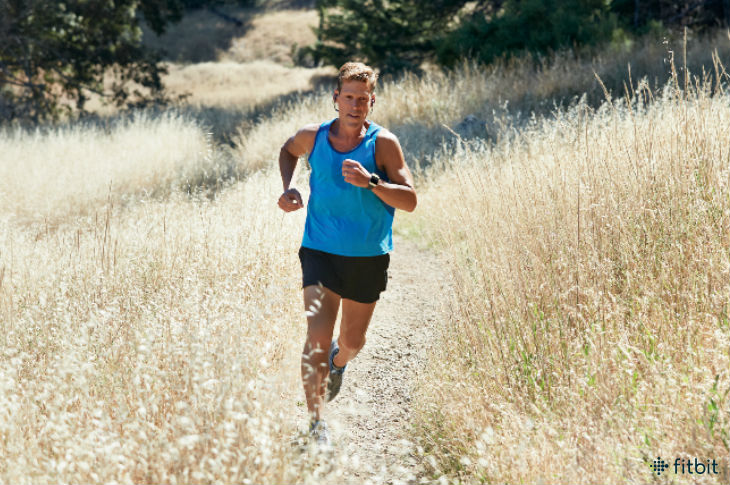
Running is running—it’s putting one foot in front of the other on roads, trails, or treadmills. But while that doesn’t change from year to year, running trends come and go. Having been engaged in the sport, lifestyle and business of running for the past several decades, I’ve seen some trends that are subtle and others that are more pronounced. Running USA, the largest running industry association, publishes a yearly National Runner Survey. The most recent one is based on the responses of over 4,000 runners—here’s what it shows about the state of the sport:
Who Are the Runners?
There are slightly more women runners in the US than men (54% female), and six in ten are between the ages of 25 and 44. That said, 23% of the US runners surveyed are 55 or older, so age may be less of a barrier than we might expect. Half of those surveyed prefer to run solo, while the other half likes to run with others—or with a local running group or club.
Three-quarters of the respondents say they run all year long. The average distance run per person is 23 miles per week. The vast majority of runners (58%) prefer to run in the morning, and the most common surface is road. It blew my mind to learn that only five percent of the runners in the US identify themselves as “trail runners.” I would have thought it was a lot higher than that!
Where Are They Online?
As we know, social media has become ubiquitous in almost every element of our lives, and running is no exception. Six in 10 follow some running-related account on social media: Facebook for a variety of running activities including communication, fundraising, and sharing; Facebook and Instagram to follow others and look for running inspiration. Half like to share their race experience on social media.
How Much Do They Embrace Tech?
As for the products and devices we runners use, we clearly like to quantify and monitor our progress as 70% use a GPS or fitness tracker. That said, only 18% of the runners surveyed use a heart rate-enabled device like my Fitbit Ionic. That was another surprise to me, since tracking heart rate on my Ionic is a snap and doesn’t require a separate chest strap (which can be annoying). And runners definitely like to listen to music, as 46% run with some sort of portable music device. I do it too through my Ionic, which stores music so there’s no need for additional hardware.
How Far Are They Running?
What I found most revealing was the breakdown of running event participation. My world is primarily consumed with marathoning, and I was astounded to learn that only 3% of the runners surveyed are ultramarathoners. I thought everyone ran ultras! But the half marathon is by far the most popular race distance with 2.3 million people completing a half marathon in 2018 (and 518,916 finishing a full marathon). By comparison, only 110,011 completed an ultra.
However, ultramarathoning is the fastest growing segment. In 1993—the year I ran my first ultra—I was one of 3,754 finishers in North America and ultramarathoning was still a rather obscure pastime. Nowadays, it’s not uncommon to hear references to the sport in the news, or to read about ultramarathoning in the paper (okay, maybe not uncommon, but it happens). Ultramarathoning has entered the mainstream lexicon and its popularity continues to rise.
A Look to the Future
My other prediction is that more people will start hitting the trails. The so-called “road-to-trail conversion” is happening faster than many people realize. I see this as one of the major trends taking place in running, and I imagine the poll numbers will reflect this shift in future surveys. Running on a trail versus on the road simply offers too many advantages—like no traffic, better air quality, beautiful scenery, and a more forgiving surface to run on than pavement—not to attract greater numbers of participants.
So there you have it, the latest on the state of the sport. And while all of these stats are interesting, let us not lose sight of the main drivers behind this tremendous growth. Running is approachable, running is healthy, running boosts environmental awareness, and, well, running just rocks. And that’s an attribute no survey can measure.
This information is for educational purposes only and is not intended as a substitute for medical diagnosis or treatment. You should not use this information to diagnose or treat a health problem or condition. Always check with your doctor before changing your diet, altering your sleep habits, taking supplements, or starting a new fitness routine.

If you have questions about a Fitbit tracker, product availability, or the status of your order, contact our Support Team or search the Fitbit Community for answers.
Please note: Comments are moderated and may not appear immediately after submission.